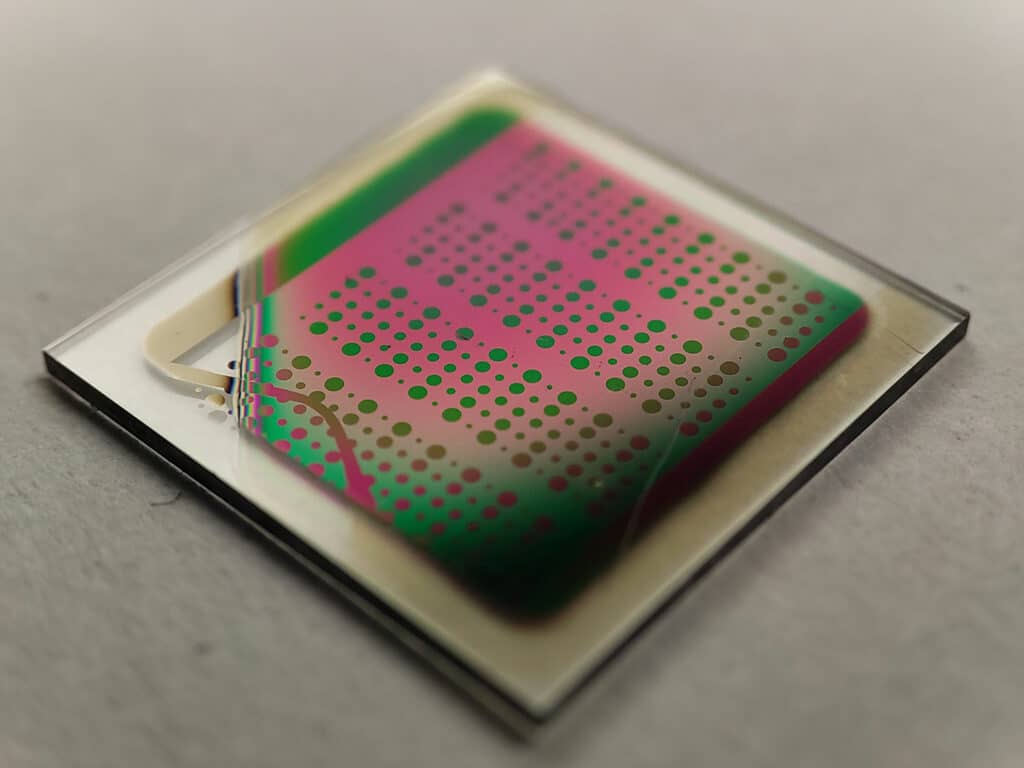Lithium-ion batteries are in everything today – from electric vehicles to cell phones. They are also super-efficient at storing energy, which allows for a lot of power to be packed into a fairly small battery. But unfortunately, lithium-ion batteries also have a few drawbacks – they degrade over time, begin to store less and less power, and are inherently capable of catching fire.
Researchers at the Vienna University of Technology (TU Wien) are trying to solve a few of those issues with their new invention. They have succeeded in developing an oxygen-ion battery that purportedly rivals lithium-ion batteries with an extremely long lifespan.
Although it does not allow for quite as high energy densities as the lithium-ion battery, its storage capacity does not decrease irrevocably over time. The oxygen-ion batteries can be produced without rare elements and are made of incombustible materials.
Researchers say these batteries work much the same way as lithium-ion batteries do. They cause ions to jump back and forth between two surfaces and create an electrical current.
The TU Wien team used a ceramic material called yttria-stabilized zirconia as electrolytes with thin film electrodes as model cells. The ceramic materials they studied can absorb and release doubly negatively charged oxygen ions. When an electric voltage is applied, the oxygen ions migrate from one ceramic material to another, after which they can be made to migrate back again, thus generating an electric current.

“The basic principle is actually very similar to the lithium-ion battery,” says Prof. Jürgen Fleig. “But our materials have some important advantages.”
Ceramics are not flammable, meaning they are unlikely to catch fire, which happens time and again with lithium-ion batteries. In addition, there is no need for rare elements, which are expensive or can only be extracted in an environmentally harmful way.
“In this respect, the use of ceramic materials is a great advantage because they can be adapted very well,” says Tobias Huber. “You can replace certain elements that are difficult to obtain with others relatively easily.”
Researchers believe the most important advantage of the new battery technology is its potential longevity. “In many batteries, you have the problem that, at some point, the charge carriers can no longer move,” says Alexander Schmid. “Then they can no longer be used to generate electricity, and the capacity of the battery decreases. After many charging cycles, that can become a serious problem.”
However, the oxygen-ion battery can be regenerated without any problems. If oxygen is lost due to side reactions, then the loss can simply be compensated for by oxygen from the ambient air.
The oxygen-ion battery has way more drawbacks on the scale of smartphones or electric cars. They only achieve about a third of the energy density of lithium-ion batteries and run at temperatures between 200 and 400 degrees Celsius.
The technology is, however, extremely interesting for storing energy. “If you need a large energy storage unit to temporarily store solar or wind energy, for example, the oxygen-ion battery could be an excellent solution,” says Alexander Schmid.
“If you construct an entire building full of energy storage modules, the lower energy density and increased operating temperature do not play a decisive role. But the strengths of our battery would be particularly important there: the long service life, the possibility of producing large quantities of these materials without rare elements, and the fact that there is no fire hazard with these batteries.”
Journal reference:
- Alexander Schmid, Martin Krammer, Jürgen Fleig. Rechargeable Oxide Ion Batteries Based on Mixed Conducting Oxide Electrodes. Advanced Energy Materials, 2023; DOI: 10.1002/aenm.202203789
Novel oxygen-ion battery may offer an extremely long service life
Source: Tambay News

0 Comments